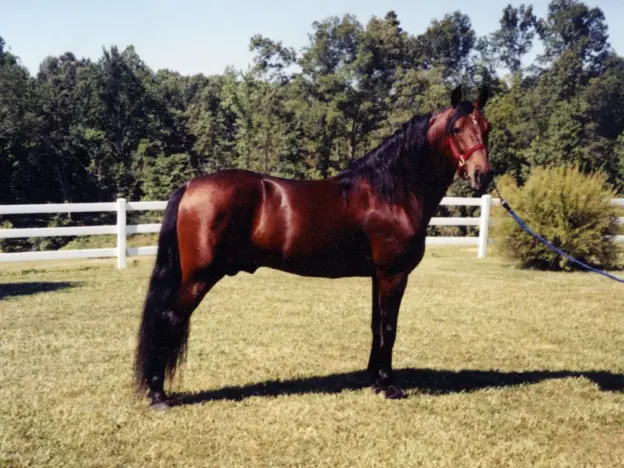Intro
There are two other breeds on the planet that share the unique physical characteristics of the Moyle Horse, the Datong and the Carthusian. These three breeds often display two hornlike projections on their forehead above their eyes.
Read more









